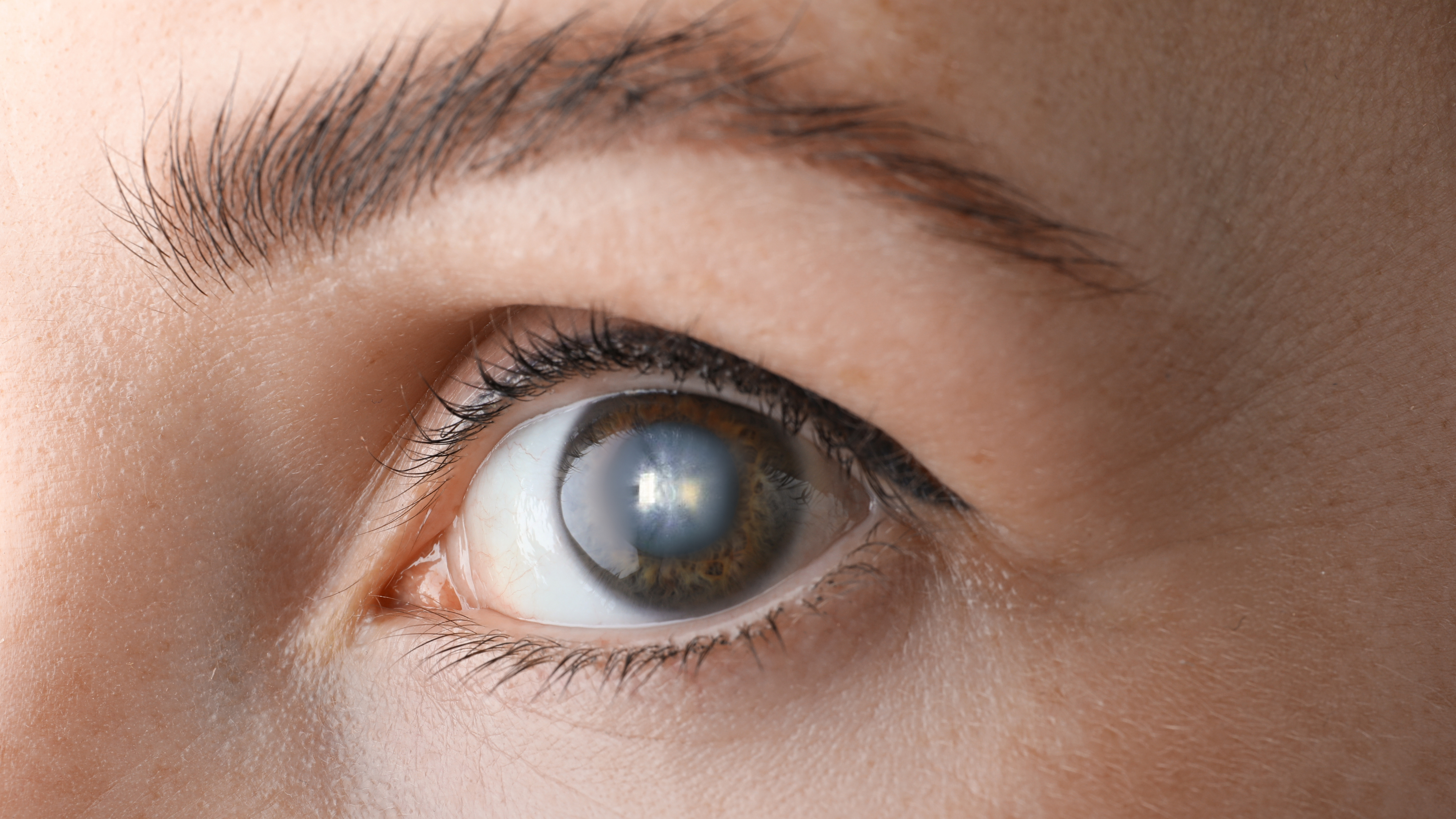How Cataracts Affect the Eyes
Cataracts are a common eye condition that affects millions of people worldwide. They occur when the lens of the eye becomes clouded, leading to changes in vision and potentially blindness if left untreated. Learn the various ways cataracts can affect the eyes, from their causes and symptoms to treatment options and prevention strategies.
ANATOMY OF THE EYE
To understand how cataracts affect the eyes, it's essential to have a basic understanding of the structures of the eye. The eye consists of several parts, including the cornea, iris, pupil, retina, and lens. The lens is a clear, flexible structure located behind the iris that plays a crucial role in focusing light onto the retina. In a healthy eye, the lens is transparent, allowing light to pass through easily.
Cataracts occur when the natural proteins in the lens of the eye start to break down, causing it to become cloudy or opaque. They can develop slowly over time or quickly in response to injury or trauma. There are three main types of cataracts: nuclear, cortical, and subcapsular, each affecting different parts of the lens. While aging is the most common cause of cataracts, other factors such as genetics, certain medications, and medical conditions like diabetes can also increase the risk.
SIGNS AND SYMPTOMS OF CATARACTS
The signs and symptoms of cataracts can vary depending on the severity and type of cataract. Common symptoms include blurred or cloudy vision, reduced color perception, difficulty seeing at night, sensitivity to light and glare, and seeing halos around lights. If left untreated, cataracts can lead to vision loss and even blindness. It's essential to seek treatment promptly if you experience any of these symptoms.
Certain factors can increase your risk of developing cataracts, including age, family history, eye injury, and medical conditions like diabetes. Exposure to UV radiation from sunlight and other environmental factors can also increase the risk of developing cataracts.
DIAGNOSIS OF CATARACTS
A comprehensive eye exam is the most effective way to diagnose cataracts. During this exam, your eye doctor will perform several tests, including a visual acuity test and a slit-lamp examination. These tests can help your doctor determine the severity and type of cataract and recommend the best course of treatment.
TREATMENT OPTIONS FOR CATARACTS
The treatment for cataracts depends on the severity of the condition. In mild cases, your eye doctor may recommend lifestyle changes, such as wearing sunglasses or quitting smoking, to reduce the progression of cataracts. In more severe cases, your doctor may prescribe eyeglasses or contact lenses to improve vision. Surgery is also an option for cataracts, where the doctor removes the clouded lens and replaces it with a clear artificial lens.
PREVENTION OF CATARACTS
There are several things you can do to reduce your risk of developing cataracts, including eating a healthy diet rich in antioxidants, wearing sunglasses to protect your eyes from UV radiation, discontinue smoking, and getting regular eye exams to monitor for early signs of cataracts.
VISIT EYE2EYE
Eye2Eye is Alexandria’s go-to for personalized eyecare and eyewear with an emphasis on specialized services such as myopia, custom contact lenses, and dry eyes. Our experienced staff provides honest and comprehensive eye care services to our community using the latest technology and products. We are committed to caring for Everything Eyes ® and look forward to having you visit our clinics. Schedule your appointment request and our patient coordinator will contact you to schedule your visit Eye2Eye through our easy contact form.




